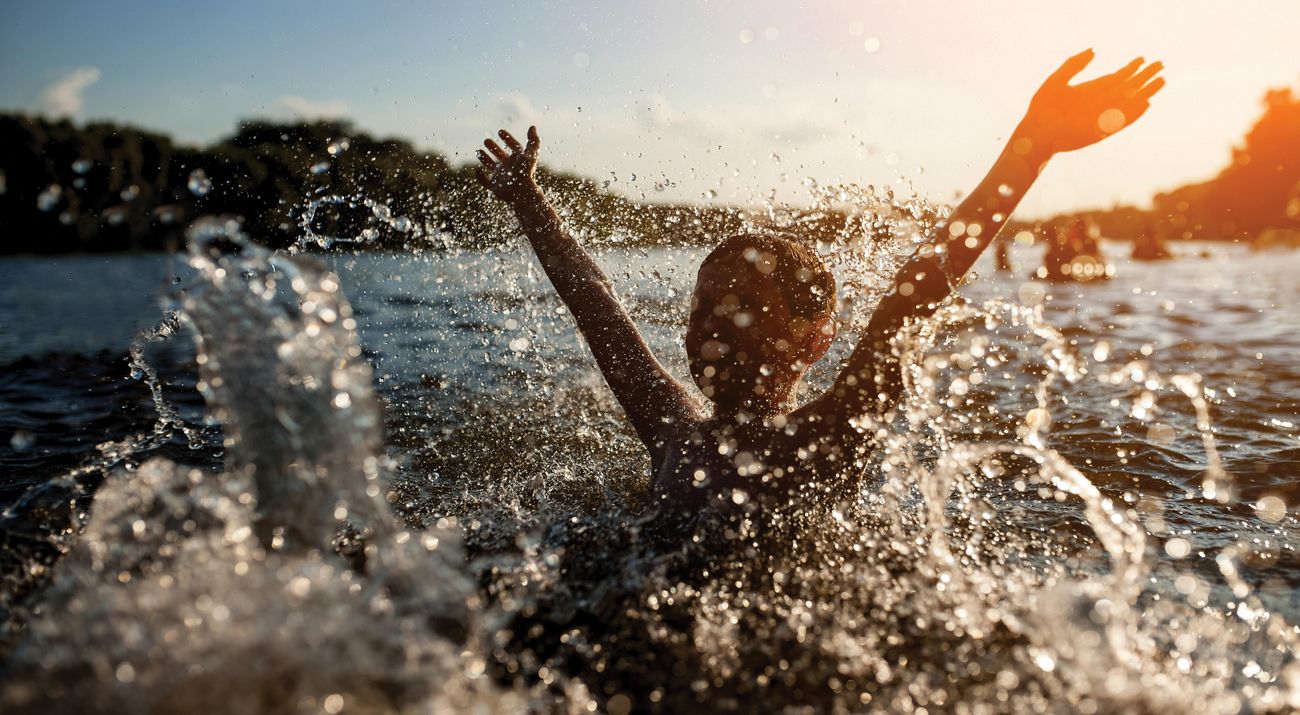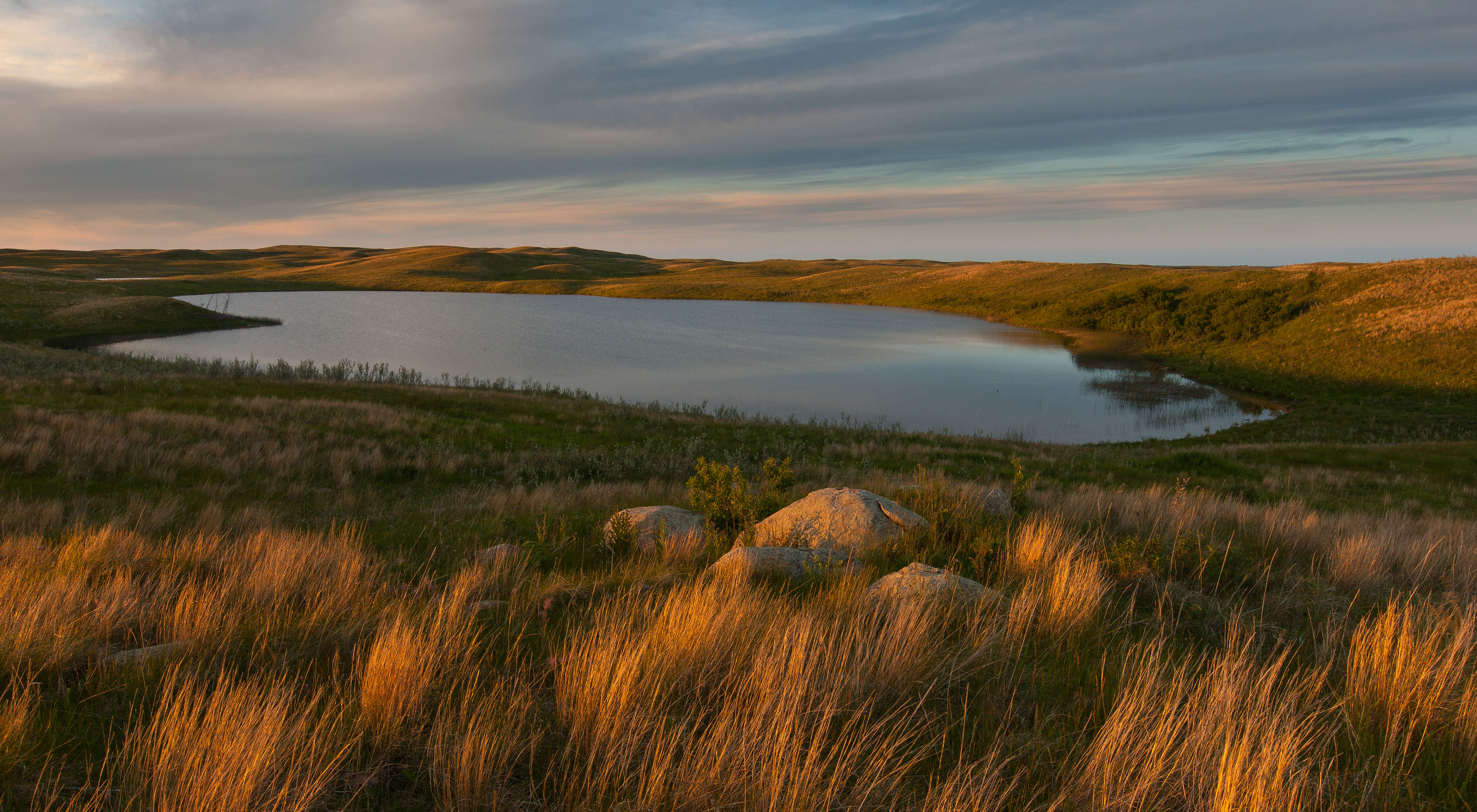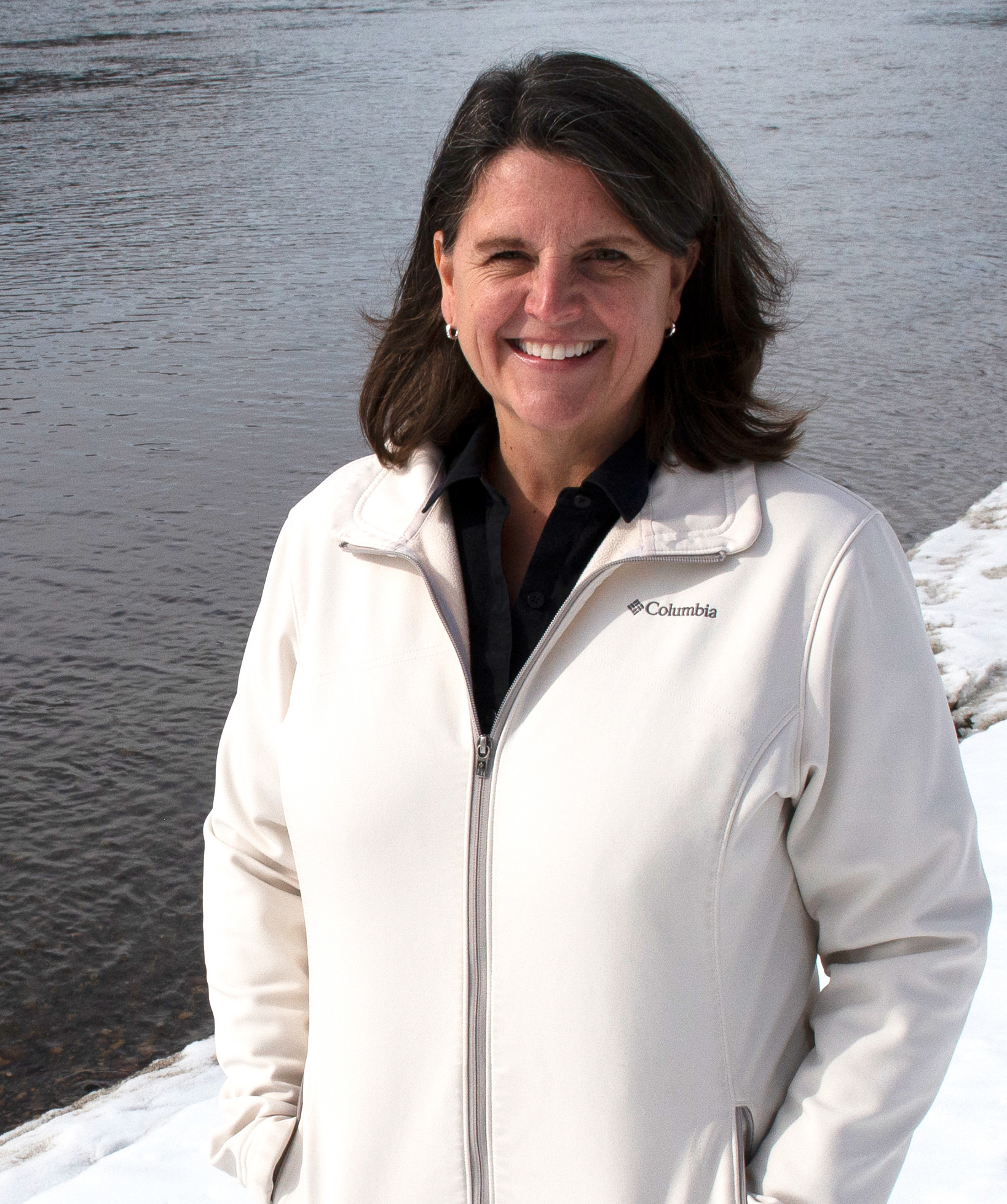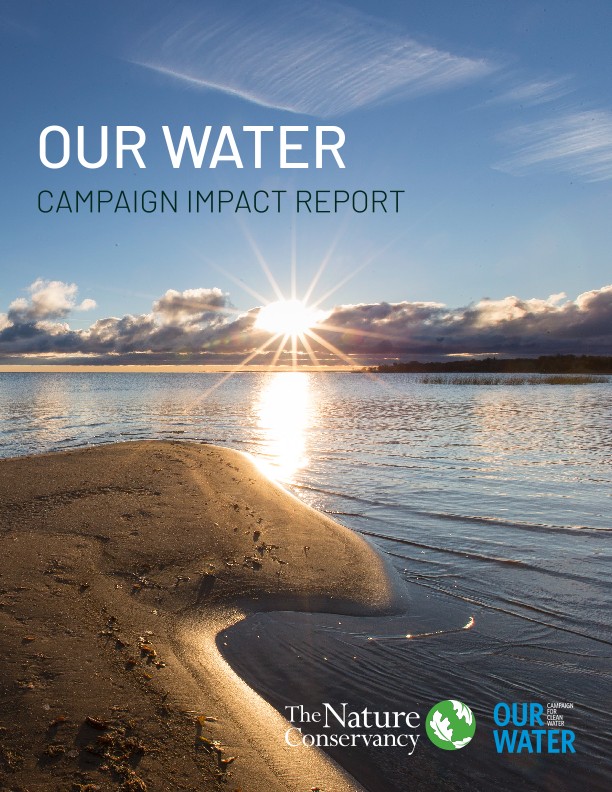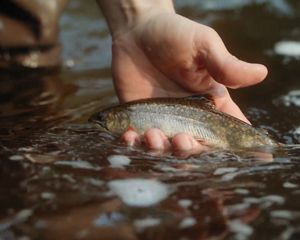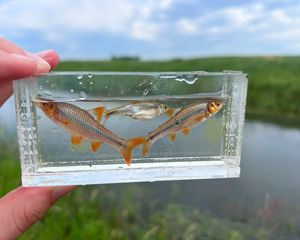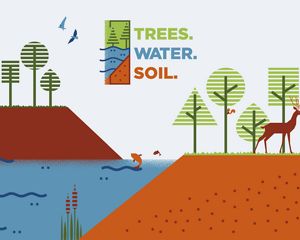Stories in Minnesota, North Dakota and South Dakota
Our Water: Campaign for Clean Water
Thanks to supporters like you, we've raised more than $136 million for clean water.
From the water we drink to the food we eat, the quality of our lives is intrinsically connected to the health of our waters. We rely on our lakes, rivers and groundwater for our sustenance, recreation, health, economy and so much more. It’s a point of pride for us; we’re home to one of the world’s great rivers and the largest freshwater lake on Earth. And integral to the health of these waters is the health of our lands.
This first line of defense against water pollution—our forests, wetlands and prairies—is at risk as local populations grow and put increased pressure on our lands. Thankfully, supporters of nature across Minnesota, North Dakota and South Dakota have stepped up in support of the water that sustains us.
Your Contributions in Action
-

$238M
public dollars secured for water conservation
-

60,357
acres of native grassland protected in South Dakota
-

5.8M
trees planted near Lake Superior
-

80,591
acres protected in the Mississippi River headwaters area
Water Is Life
A Note from Campaign Co-Chairs, Doug Baker and Wendy Bennett
Water is life! Keeping our freshwater clean has to be a top priority. We felt great urgency as we launched the Our Water Campaign. The science was clear: Water quality has declined in our lakes, rivers and groundwater. We had to act.
Now we celebrate! Minnesotans from across the state invested in the future of clean water. That has brought bold new action into play. The Nature Conservancy is working closely with our partners in the U.S. Forest Service, DNR, Indigenous communities, as well as many others, to restore land around major tributaries feeding into the Mississippi River. The Our Water campaign helped launch innovative collaborations with the agriculture industry. The Nature Conservancy’s tree plantings to protect Lake Superior’s waters have accelerated, with 2.3 million planted just in 2024! And TNC is launching new partnerships in North Dakota and South Dakota to encourage land management practices that protect prairie rivers and streams.
We could not have done this without your support. We, personally, look forward to the continued progress and hope you will find ways to get out and enjoy our extraordinary freshwater resources and the natural lands that protect them.
Thank you for investing in our water quality future.
The Ripple Flows Beyond
A Note from Chapter Director, Ann Mulholland
Stepping in as Chapter Director was an exciting life change for me. But even more exciting was to step in as two towering conservation initiatives were melding together. 1) the Our Water Campaign’s expansive and bold action plan to help stave off future water pollution crises in Minnesota, North Dakota and South Dakota and 2) the launch of a new strategic plan that folds in the projects and programs of the Our Water Campaign and takes them to the next level.
As a former board member, I was there when we launched the Our Water Campaign. TNC held a critical position in being able to think, act and influence on a large scale to stop the degradation of our waters. That’s what this campaign started. Heartening results are already materializing that are changing the way people, industry, agribusiness and political leaders value our water resources.
The ripple flows far beyond our borders. What we’re doing on the Mississippi is cleaning the drinking water of millions of people along the river’s entire length. Programs being designed to influence agriculture practices for the benefit of water are being shared with TNC programs across North America. And our land restoration projects are cleaning water flowing not only into the lakes and rivers we love, but into people’s groundwater wells.
We know we have a long way to go, but the most important step is the first. Thank you for being part of this!
Download
Thanks to the groundswell of support from generous donors like you, we have made a big splash for water conservation!
DOWNLOADWhat Happens on Land Impacts Our Water
The loss of natural lands has direct consequences for our water. Increased sedimentation, nutrient runoff and flooding all contribute to water degradation in our lakes, rivers and groundwater. Wetlands, prairies and forests all play a critical role in keeping our water clean by providing a natural filtration system. In order to protect our water, we must protect and restore the lands through which it flows.
How TNC Is Helping
Driven by science, our conservation teams are targeting their efforts toward improving water quality in the Mississippi River, working with the agriculture industry to reduce its impact on water, restoring long-lost vegetation that improves prairie streams and planting millions of trees in northern Minnesota to protect the tributaries of Lake Superior.
Mississippi River Headwaters Area
The Upper Mississippi is—at this moment— mostly healthy, but by the time this iconic river reaches the Twin Cities, its water no longer meets river life and recreation standards. The threats facing our Mississippi are the same threats that have degraded the Minnesota River, along with many other waters across southern Minnesota where it is unsafe to swim or eat the fish. Further, conversion of natural lands into roads, farms and other land-use changes also impact groundwater, as well as the river and its tributaries.
Mississippi Headwaters Videos
Restoring wetlands on private land
The vast majority of the Mississippi Headwaters area is held in private ownership. That's why The Nature Conservancy is partnering with the U.S. Fish and Wildlife Service to connect private landowners with resources to restore their wetlands.
(2:47)
Protected Lands Protect Water
The Mississippi River is a point of pride and a source of inspiration, sustenance and enjoyment for millions of Minnesotans. It’s also facing a number of threats which could seriously impact its water quality.
(0:43)
Protecting the Pine
The Pine River is a major tributary to the Mississippi River. It's also one that's in remarkable shape, for now.
(2:26)
To protect the area's remaining clean waters and protect the drinking water source for more than 2.5 million Minnesotans, we're working to protect and restore key areas within the river's headwaters area for the benefit of people and nature.
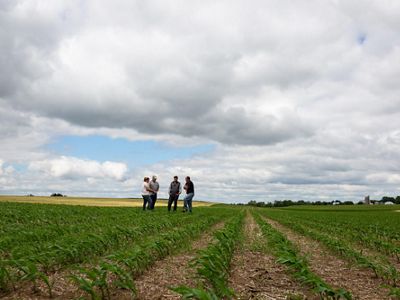
Healthy Agricultural Practices
We are proud of our region's thriving agriculture economy and our place in supporting agriculture advancements throughout the industry. Unfortunately, polluted runoff to lakes and rivers has increased markedly in recent years due to growing urban and agricultural development. To protect our water from runoff and sediment overload, we’re working with agricultural producers and industry experts to solve our water issues by sharing practices that increase soil health, improve nutrient management and protect water.
By utilizing better soil health, nutrient stewardship and edge-of-field practices, TNC and our agricultural and community partners can have a transformational impact on water, the climate and the economy. At the farm level, these practices will boost productivity and profitability.
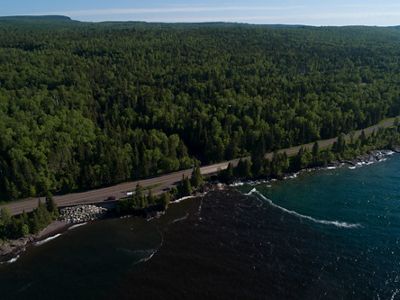
Protecting Lake Superior
In one of the fastest-warming corners of the country, our crews are busy planting millions of trees in a race against climate change. As our forests age out and our climate warms, we arrive at a defining moment for northeastern Minnesota. Much of our northern forests lack diversity, both in species and age, which leaves them vulnerable if we don’t help them along. Additionally, the North Shore's fine and fragile soils are at increased risk of erosion as the area loses the trees it needs to stabilize those soils. Without big forests to shade the streams and rivers, and protect water quality, the waters that brook trout and other fish species rely on for habitat could soon become too warm to support them.
In addition to providing shade and helping brook trout through habitat improvements, the trees we are planting are also helping to maintain healthy water quality in Lake Superior. The diverse mix of species we are planting will help build future forests that are beautiful, productive and resilient.
Grass for Water
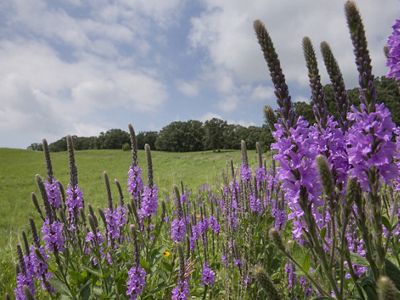
Prairies: our first defense against flooding and degraded water. The intricate root systems of native prairie plants plunge deep into the soil, often double and triple their length above ground, bringing nutrients back to the earth and providing important ecological benefits like cleaning water and reducing flooding.
Unfortunately, we’re now losing prairie faster than we’re able to protect or restore it. Urban development and agricultural conversion are the biggest drivers behind this loss, and the result of it could mean further degraded waters. That’s why we’re working to protect and restore key grasslands in our region.
In addition to protecting some of the best native prairie landscapes left, The Nature Conservancy works with partners to ensure efficiency across the landscape. We're helping practitioners build genetic diversity into their restorations, helping to bring fire back to the prairie and supporting ranchers and others who maintain the health of these grasslands.
The Business Case for Conservation
By following the science, we’re able to identify the most impactful areas in which to prioritize conservation work. By following the economic models, we’re able to demonstrate the monetary value of protecting our waters now while we still can.
Quote: Doug Baker
We face a choice in Minnesota today: Act now or do nothing and spend billions later. The Nature Conservancy's approach to water protection is the most strategic, scalable and economically smart way to protect our waters.
Not only does this approach to protecting water save us money in the long-term, it also provides us with tangible economic and quality-of-life benefits in the near-term.
Investing in Nature Pays Dividends
We're grateful to the following companies that have invested $100,000 or more in our freshwater conservation work.
- Ecolab Foundation
- Pentair Foundation
- Cargill Inc.
- U.S. Bank Foundation
- Xcel Energy Inc.
- General Mills Foundation
- M.A. Mortenson Companies, Inc.
- Securian Financial Foundation
Case Study: The Economics of Acting Now in the Mississippi River Headwaters Area
Our scientists have pinpointed the 200,000 acres in the Mississippi’s 13-million-acre headwaters area that are most critical to securing the river’s clean waters. By working to protect and restore these critical areas, we would enjoy the following benefits between 2020 and 2050:
-

Reduced Water Treatment Costs
By protecting clean water in the Mississippi River's headwaters while it's still clean, cities and counties will save an estimated $61 million on water treatment costs.
-
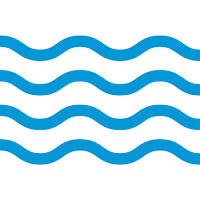
Avoided Flood Damages
By protecting and restoring the land around the Mississippi and its most important tributaries, we can expect to save about $28 million in avoided flood-related damages.
-

Retained Property Values
Acting now to protect our rivers, lakes and streams would translate to about $32 million in retained property values for homeowners and businesses in the headwaters area.
-

Carbon Sequestration
By protecting and restoring our waters, healthy prairies, forests and wetlands, we’ll also reap indirect benefits of about $243 million in the form of carbon sequestration.
It is possible to save our water, protect our way of life and secure clean water for current and future generations. But in order to achieve this goal, we must act now and we must work together.
Want More Conservation Insights?
Want to learn more about what we're up to near you? Sign up for our monthly e-newsletter to stay in-the-know!
